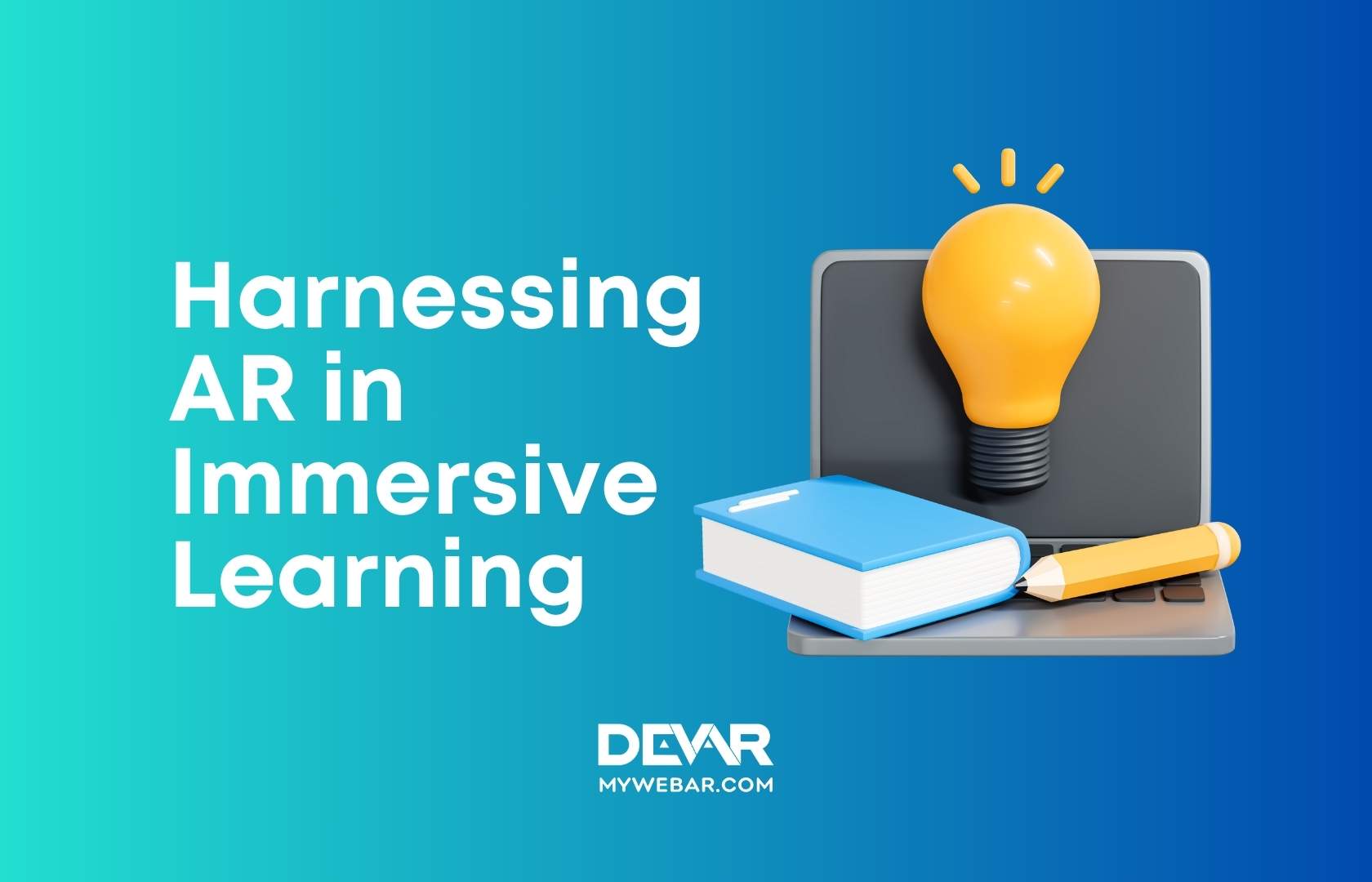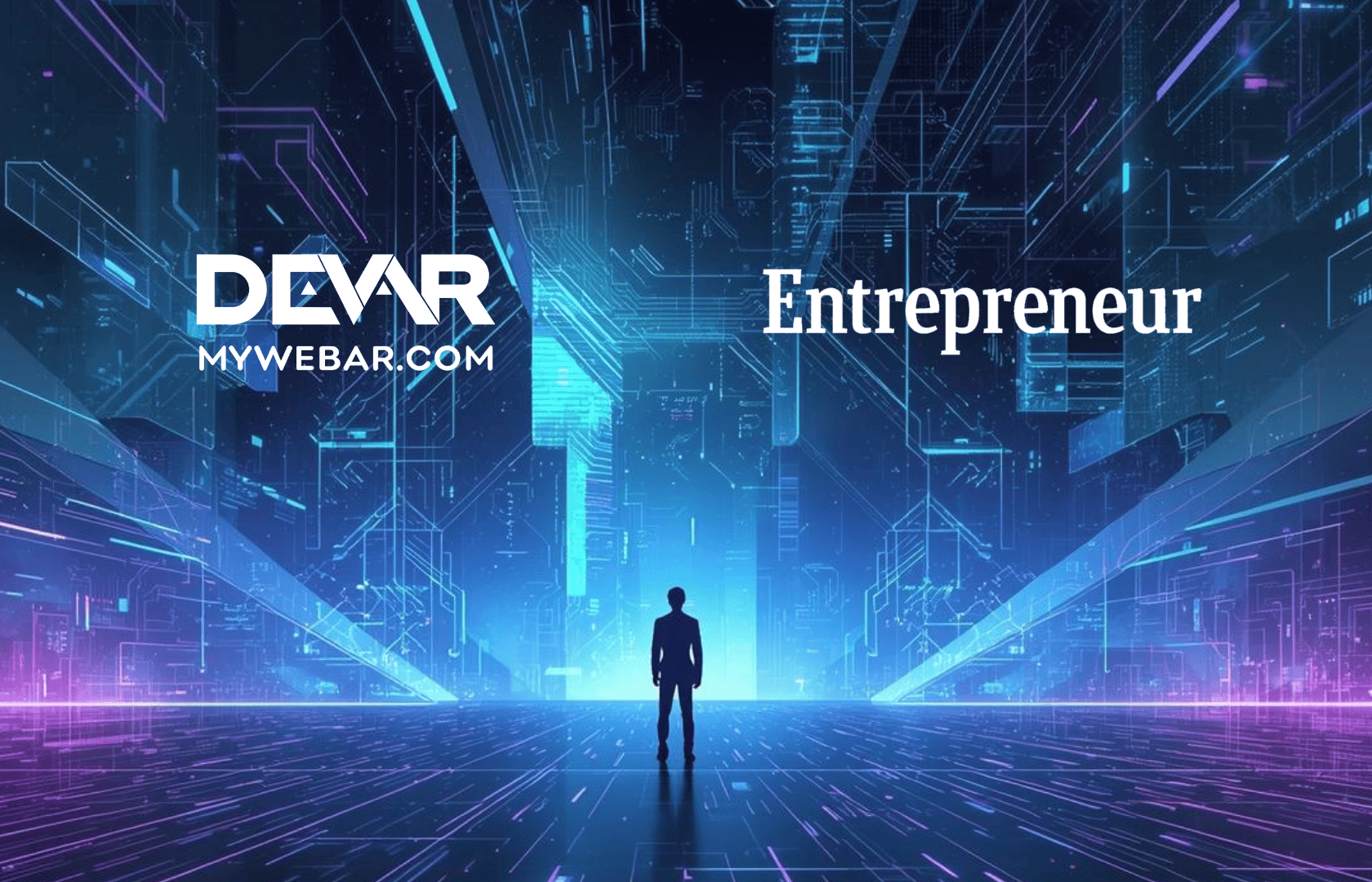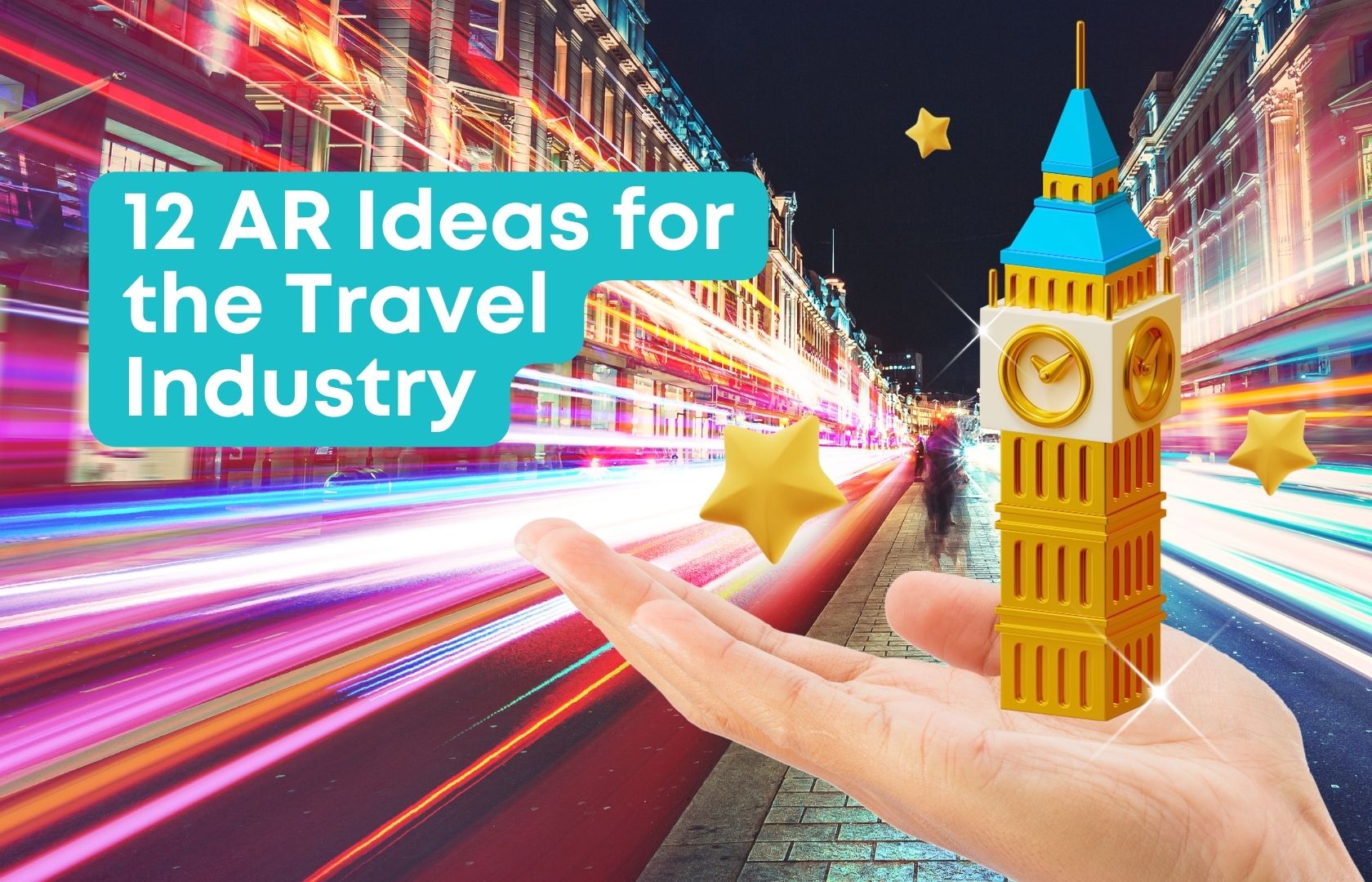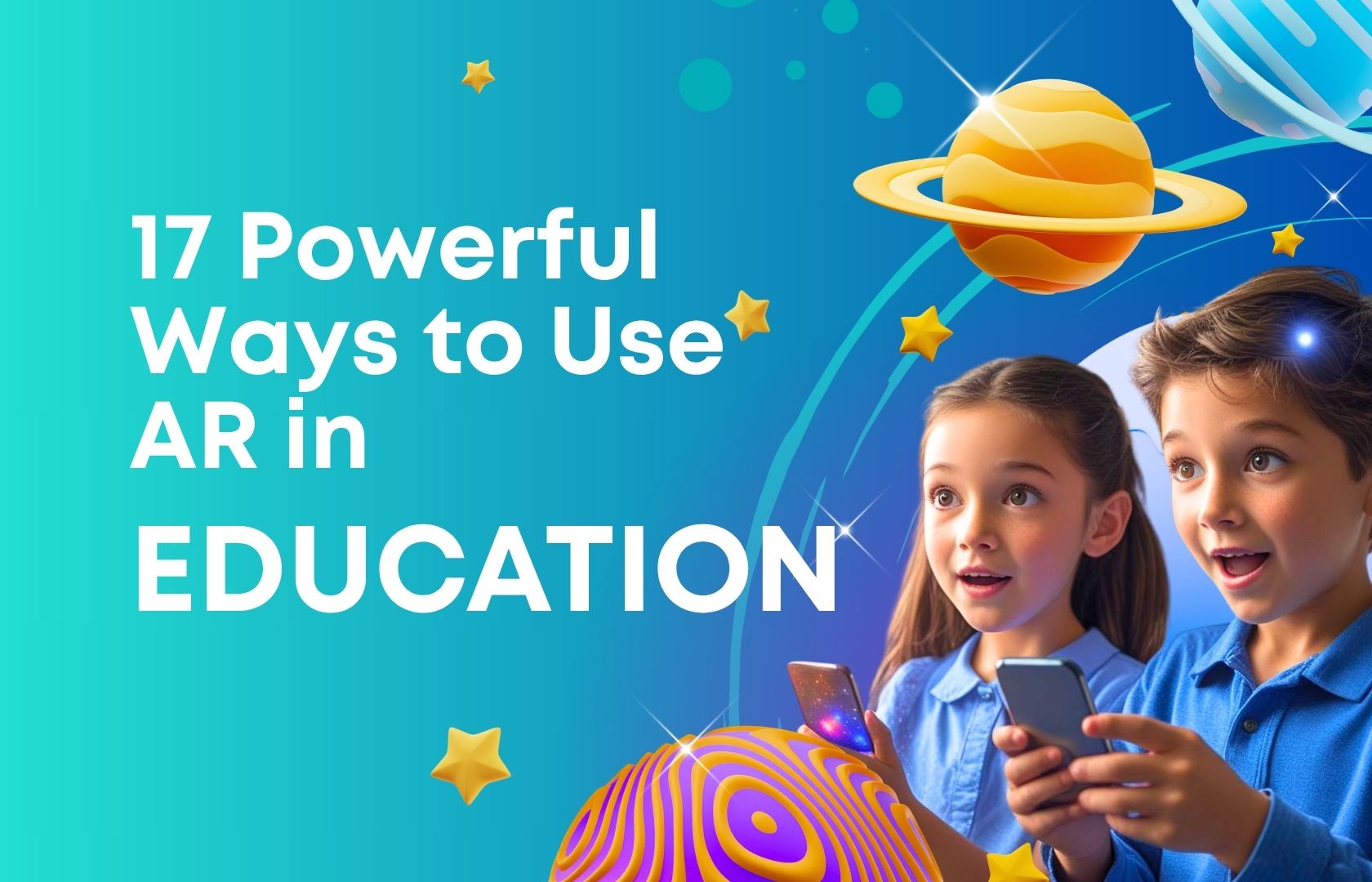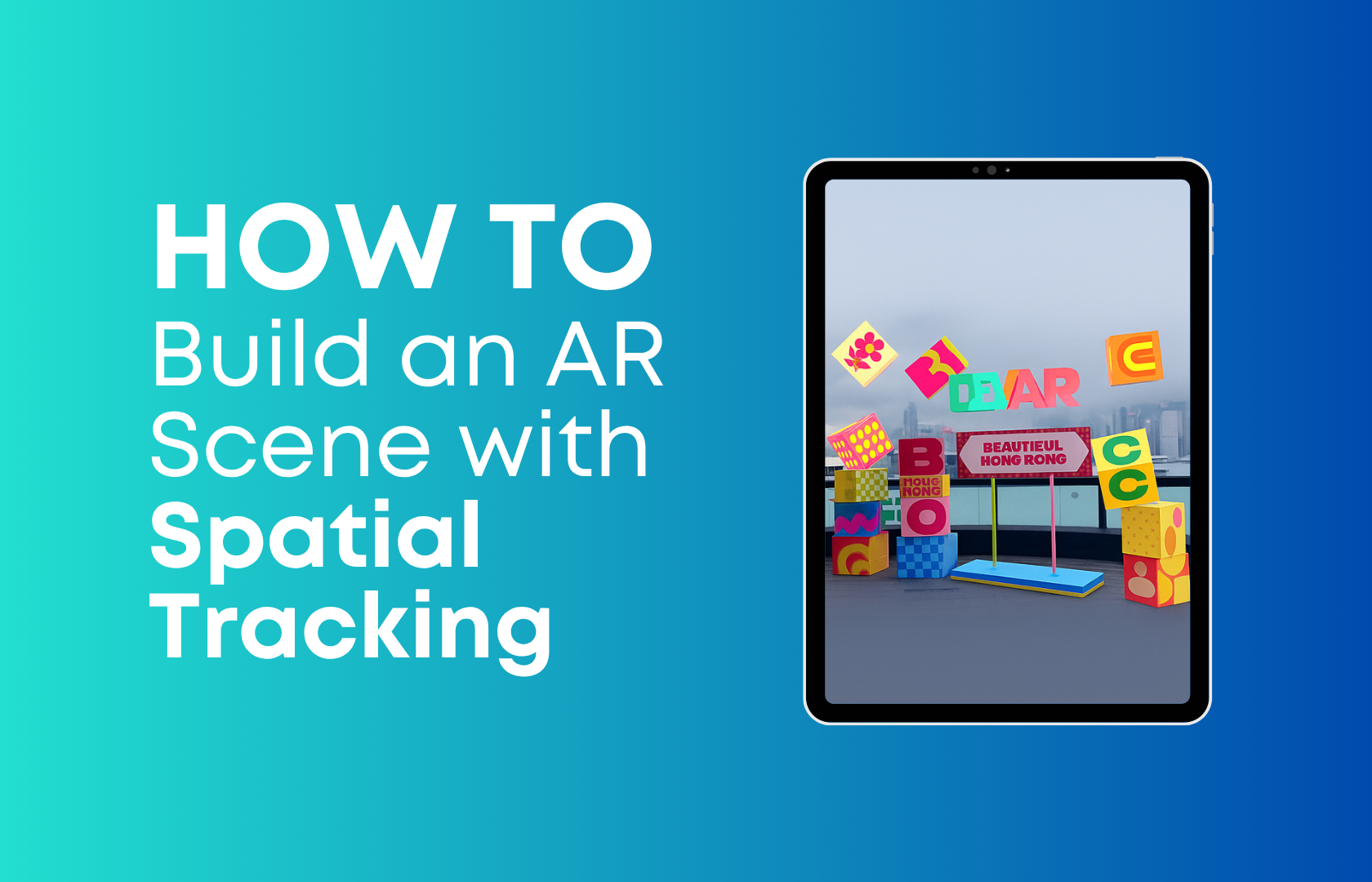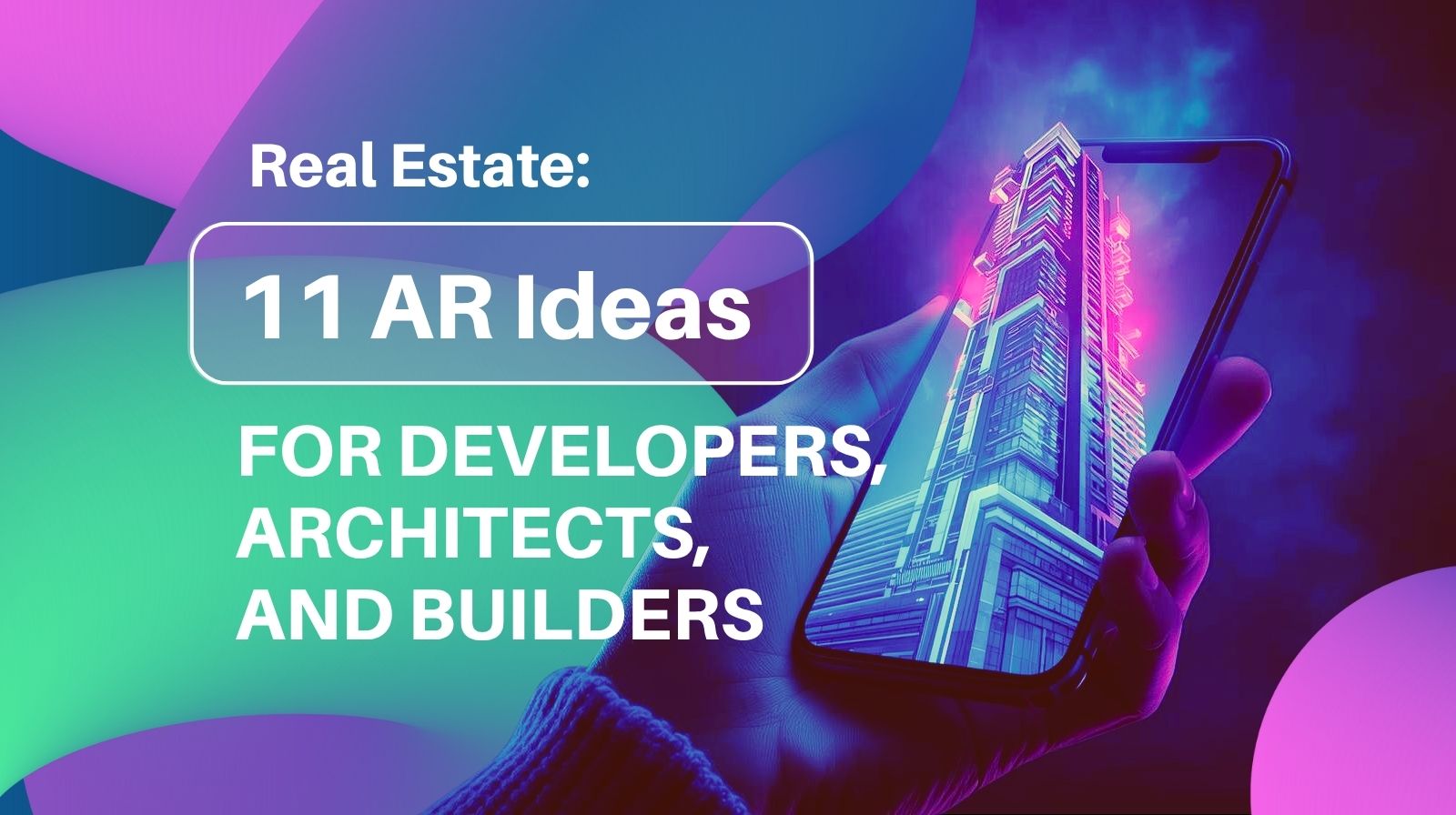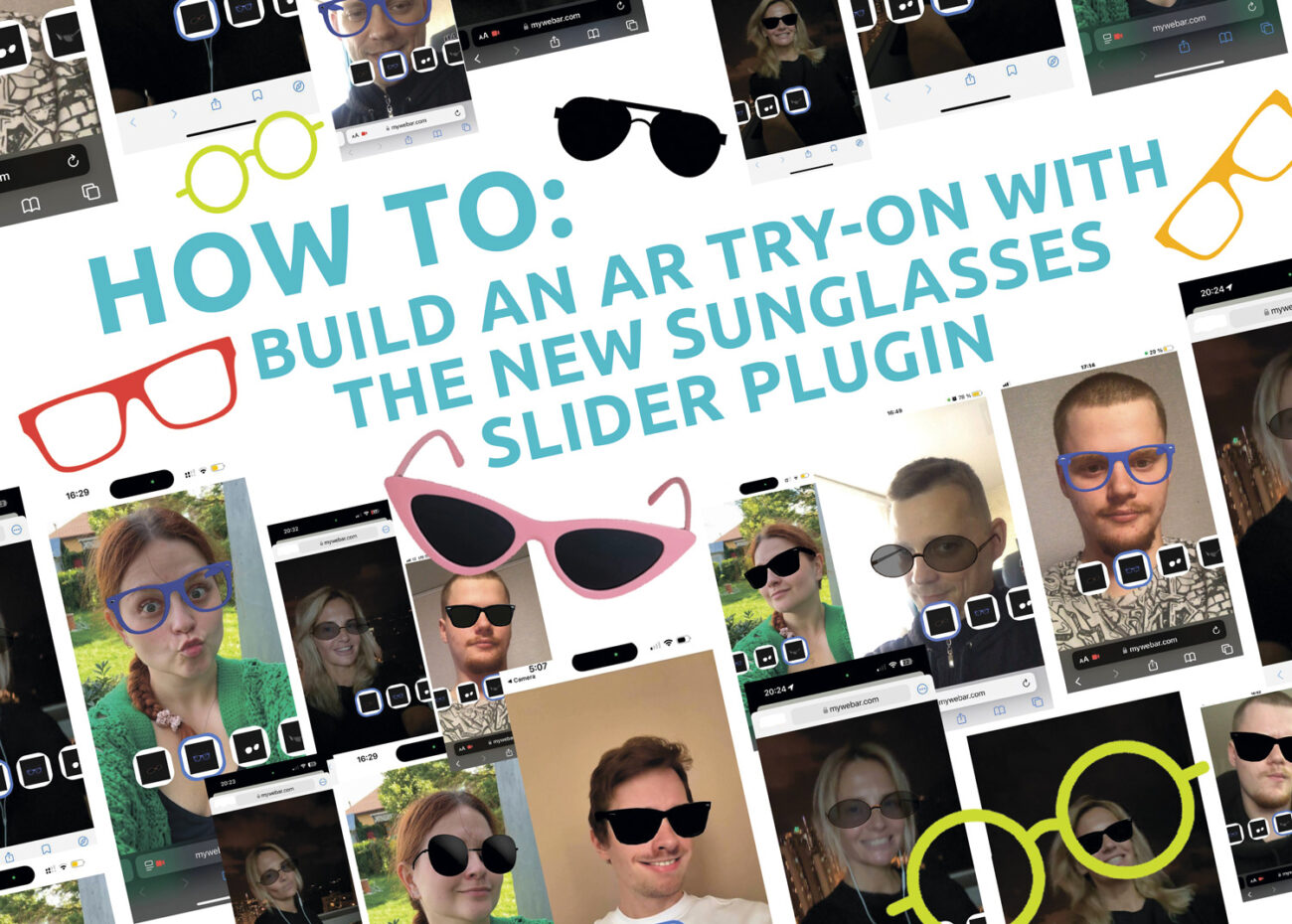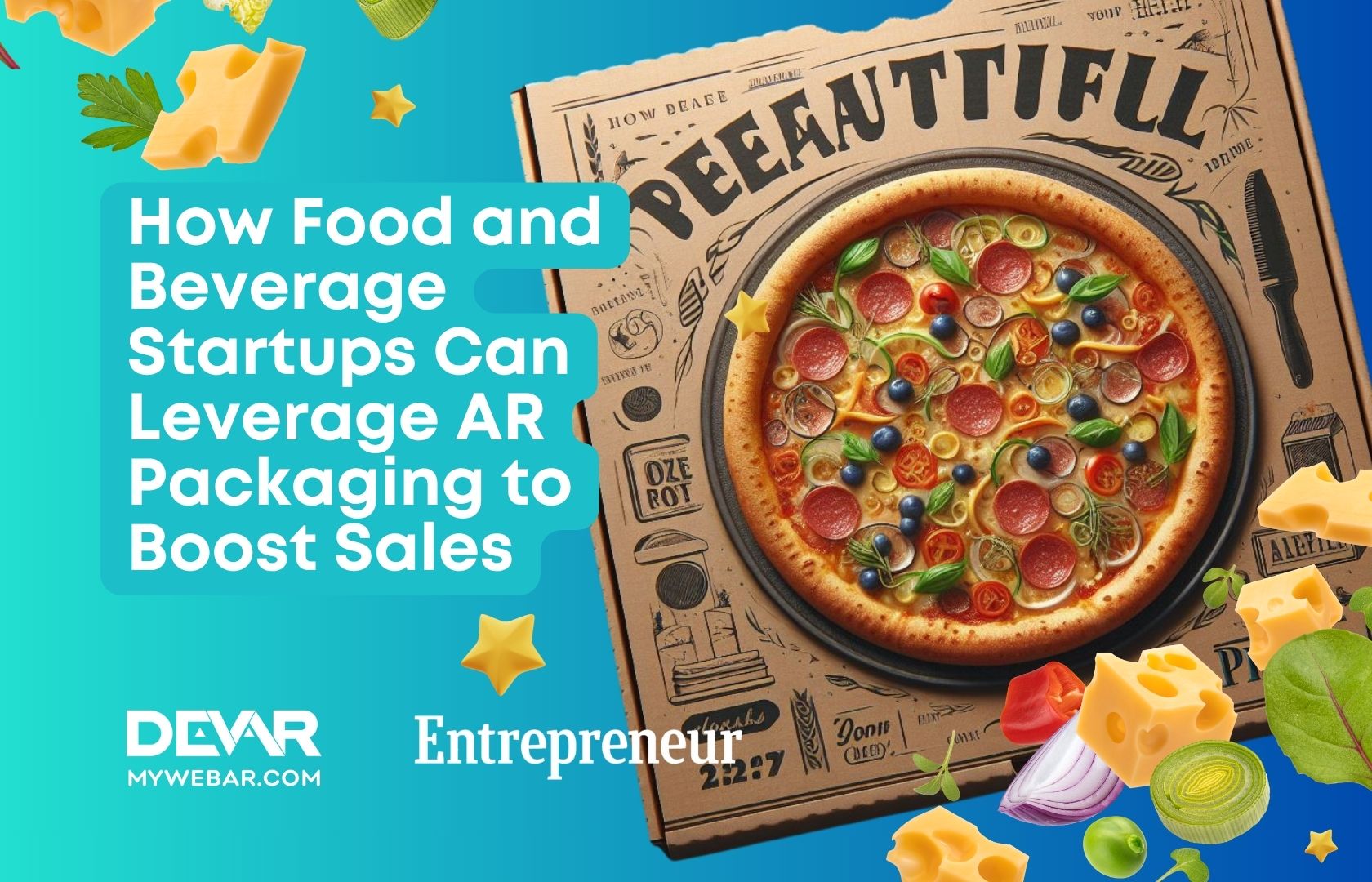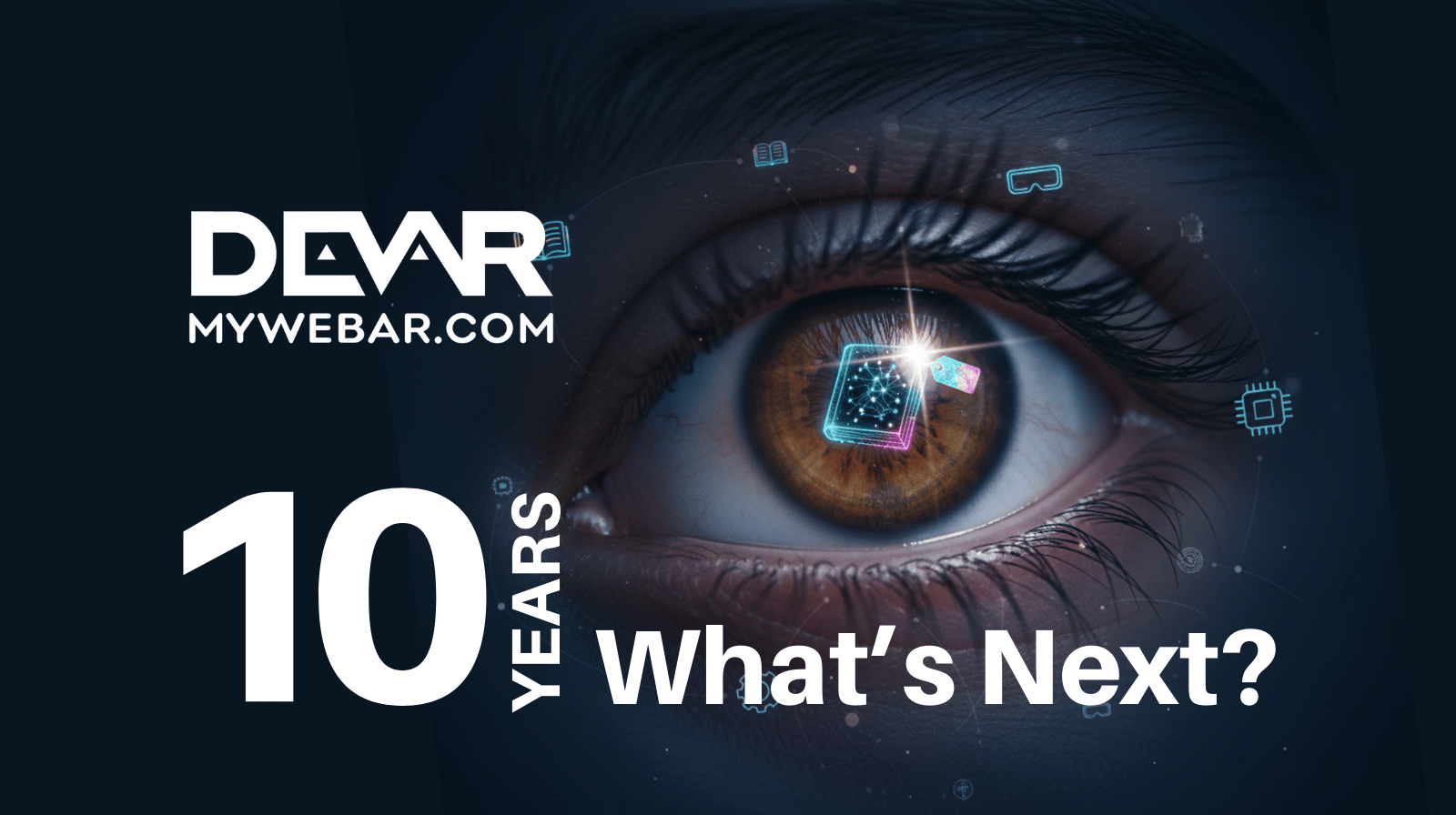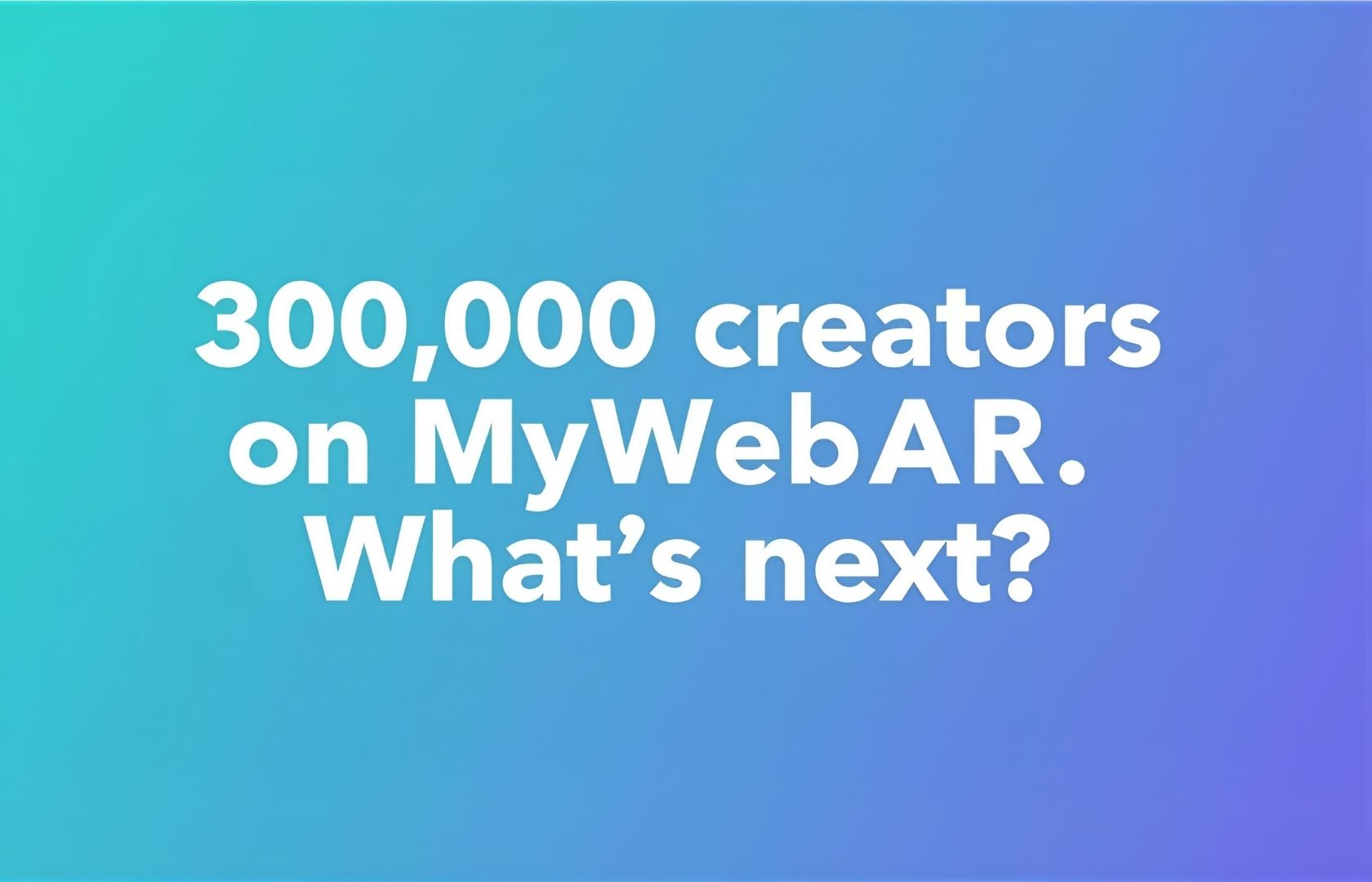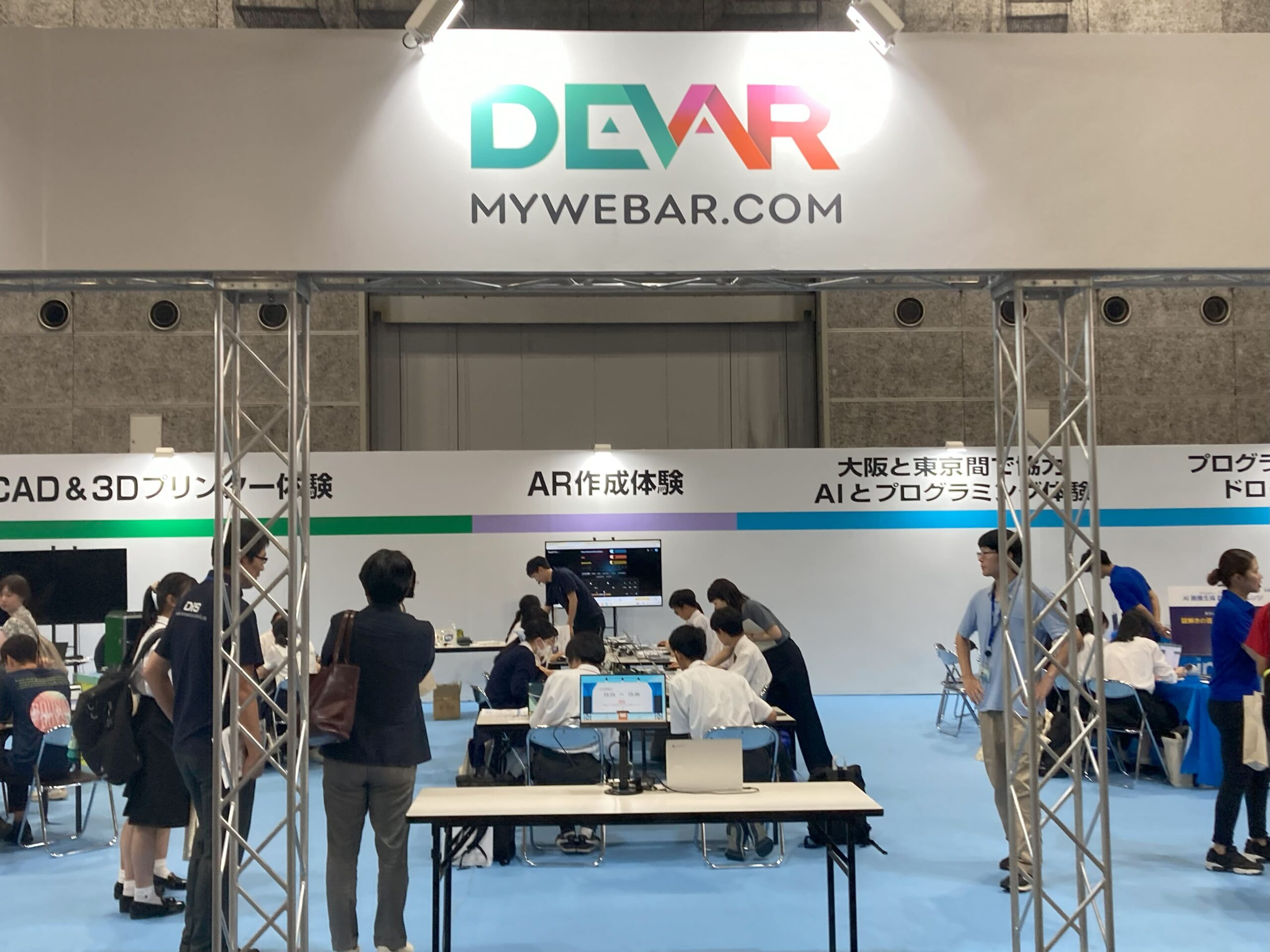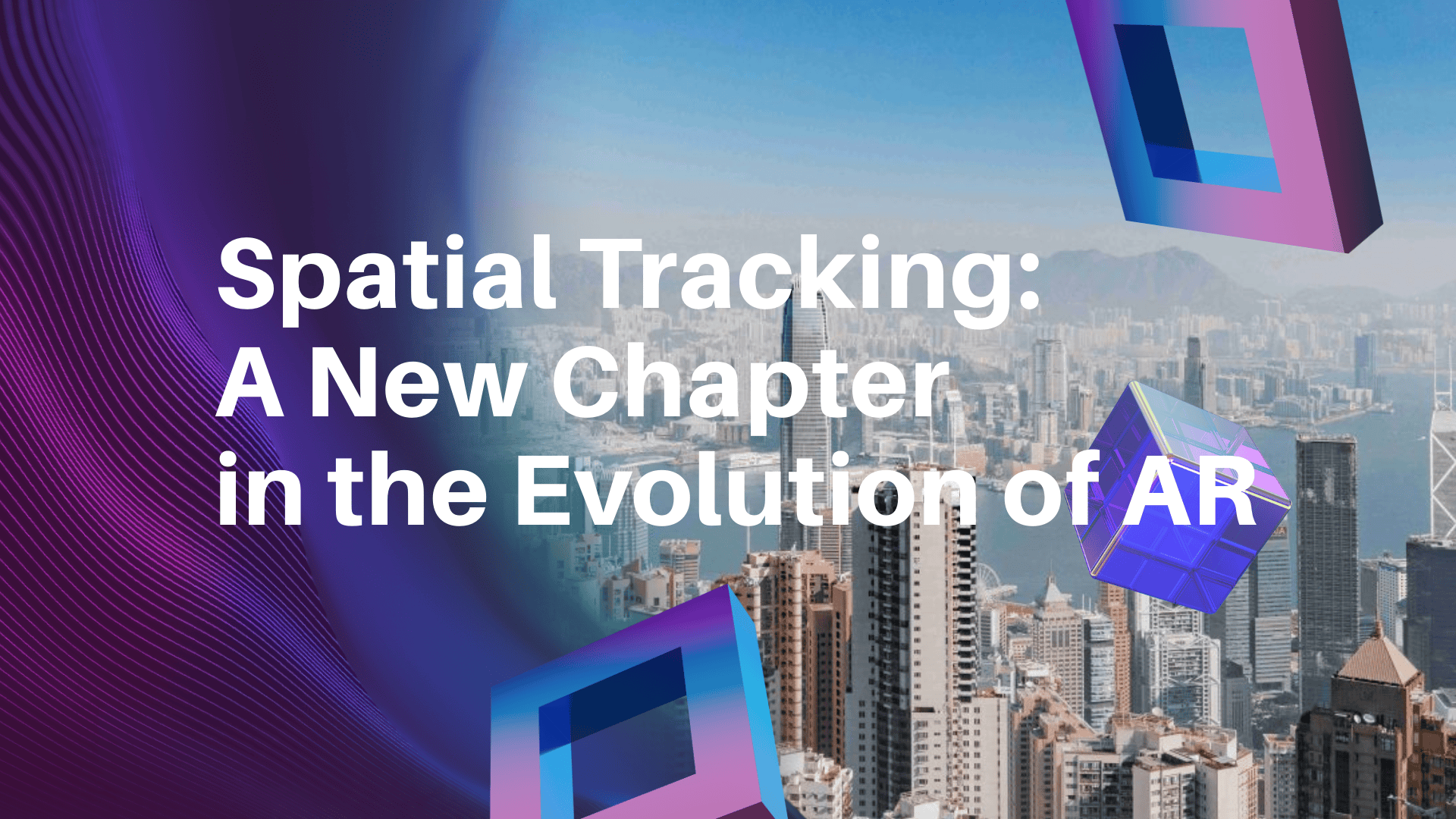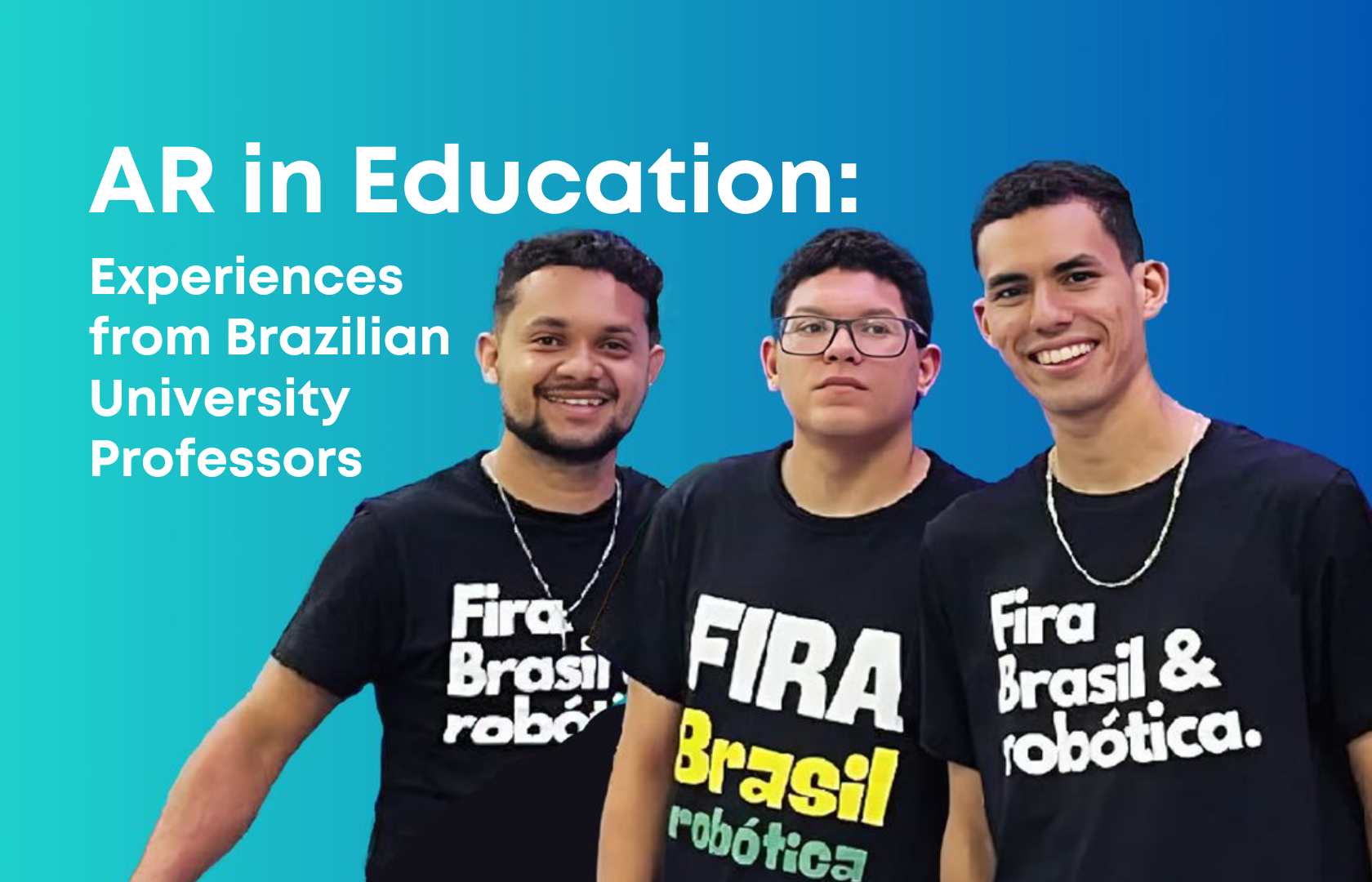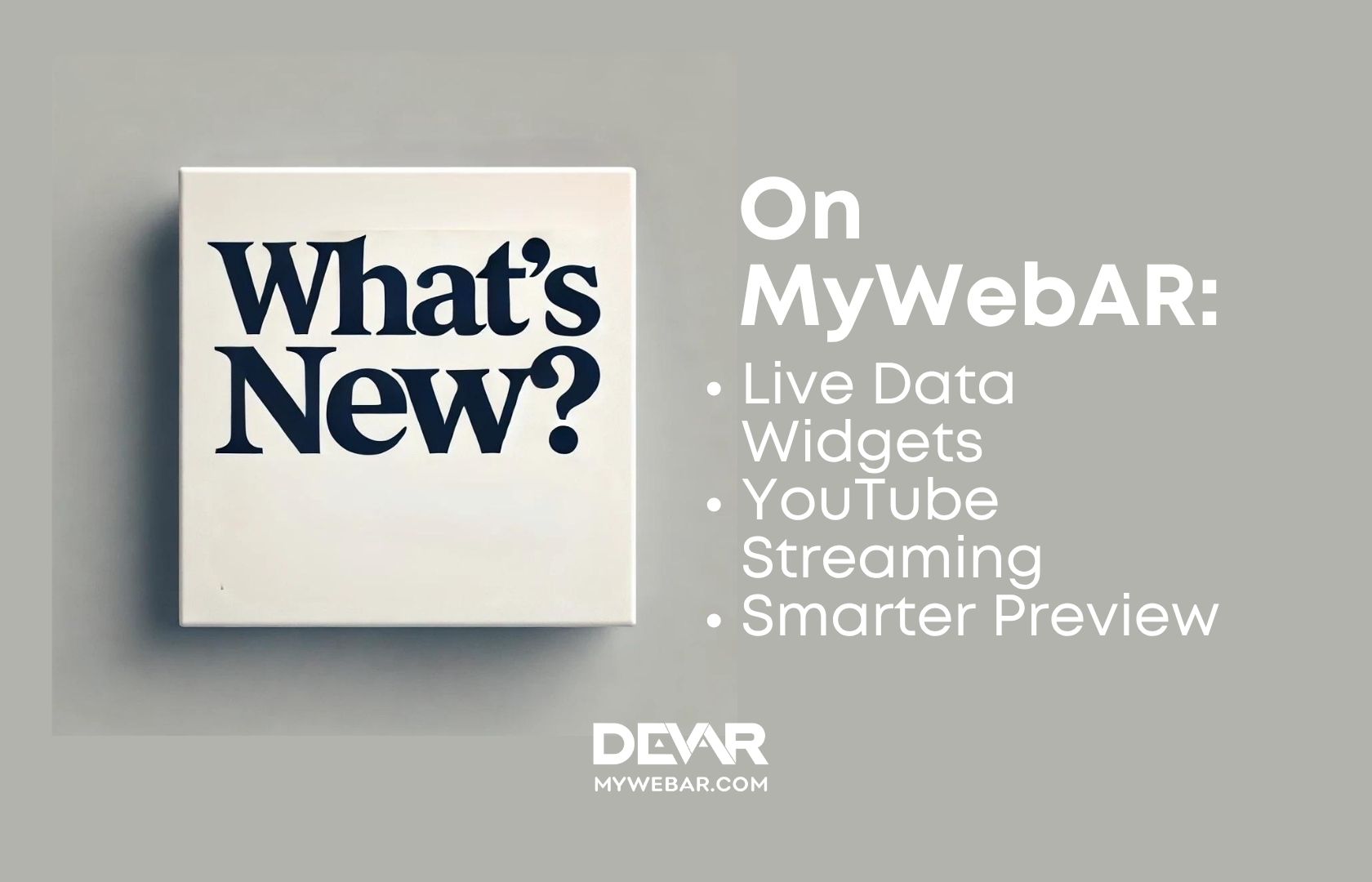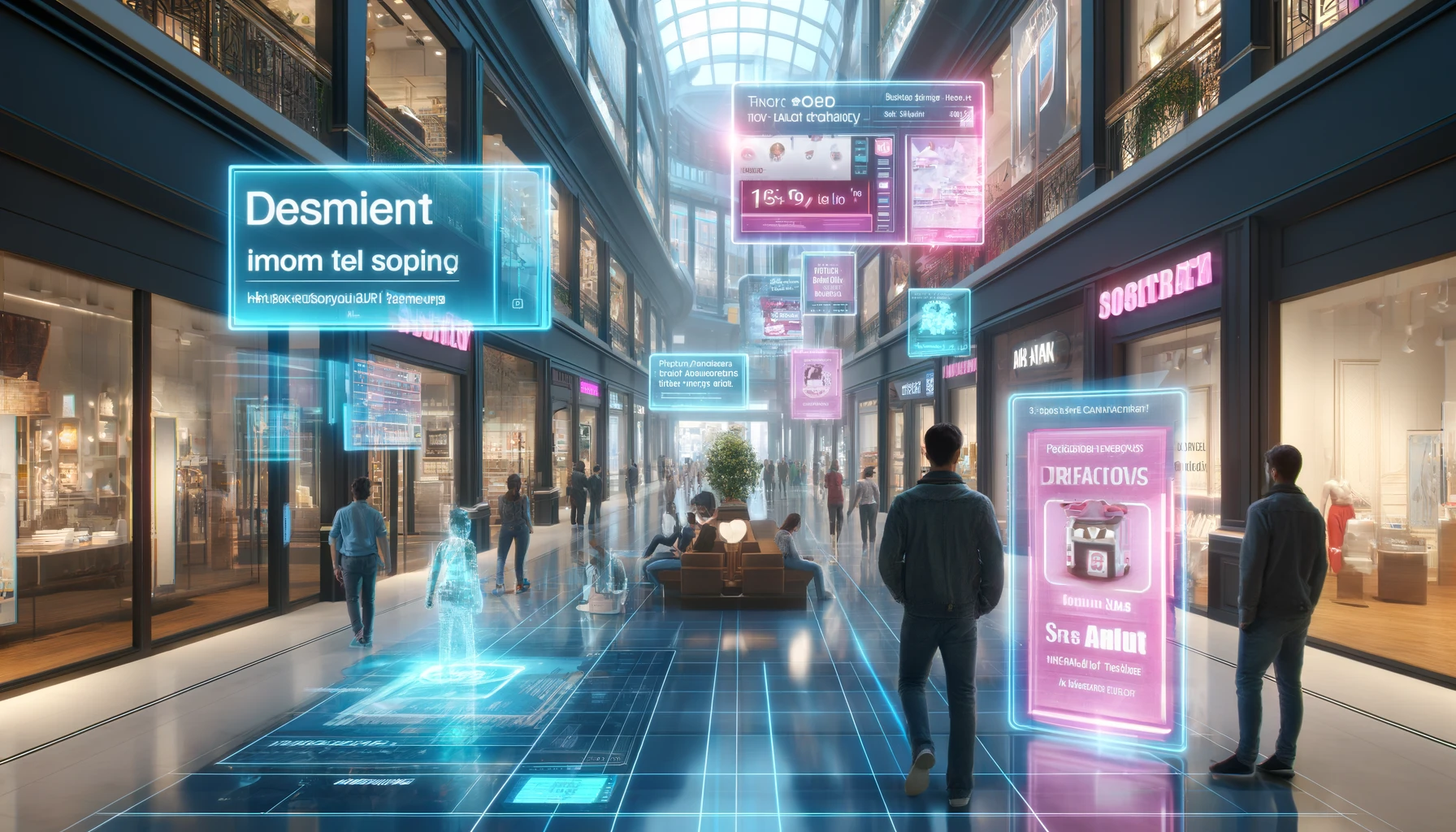Before you is the personal story of Sean Cooper, the creative director of a well-known marketing agency, the name of which, for understandable reasons, we cannot disclose.
In this article, he delves into the realm of augmented reality (AR) within the educational landscape, presenting a rich tapestry of insights, practical examples, and compelling illustrations of AR’s application in education and immersive learning, including its positive influence on individuals with autism and other developmental differences.
What it all started with…
Recently, my neighbor Karen complained to me that her eldest son absolutely refuses to study. Sitting still and listening to the teacher is torture for him. The same goes for reading educational materials, which are not only uninteresting to him but also completely incomprehensible.
“I sincerely don’t understand what the problem is!” Karen exclaimed. “He is such a smart boy! He always grasps everything quickly. And now he’s just stuck. But this is just a regular educational text, with normal illustrations and graphics. We studied the same way and understood everything perfectly. Oh, these gadgets and modern technologies…”
At that moment, I felt my eye twitch at the phrase “Oh, these gadgets and modern technologies.”
“Listen, Karen, information perception is a very individual thing. Some people find simple text sufficient, while others do not. And there’s nothing shameful or wrong about that. I’m telling you this as a marketer. The key is to find the type of perception that suits the individual best. Or to target all channels at once. And gadgets and modern technologies can only help with that.”
“How so?” Karen exclaimed, and I realized I had just found an excellent topic for another article.
Information Changes the World
The recent pandemic has made us think about this particularly sharply. The widespread transition to remote learning has brought not only numerous challenges but also innovative ideas.
Let’s be honest, not everyone wants to study. Not only children but also adults, conscious individuals. But they need to. At home, as it was during the pandemic, something constantly distracted us. A new episode of a favorite series was released, someone replied to a message, and the desire for another cup of tea arose. The pen didn’t write, and it’s better to start tomorrow. In general, even a passing fly sometimes seemed more interesting than sheets of texts and graphs, incomprehensible formulas, and examples.
Overall, information perception is a fundamental aspect of human cognition. It involves how we receive, interpret, and make sense of sensory input from our environment. Modern learning, while attempting to progress, is still predominantly linked to visual and auditory memory. However, as modern psychology informs us, this is not the sole method of perceiving and retaining information. There exist diverse forms of information perception that shape our understanding and interaction with the world around us.
Types of Information Perception
- Visual Perception. Visual perception is the ability to interpret and make sense of visual information received through the eyes. It involves processes such as object recognition, depth perception, color perception, and visual attention. Visual perception plays a crucial role in tasks such as reading, driving, and recognizing faces.
- Auditory Perception. Auditory perception refers to the processing of sound information received through the ears. It includes the ability to discriminate between different sounds, localize sound sources, and understand speech. Auditory perception is essential for communication, music appreciation, and environmental awareness.
- Tactile Perception. Tactile perception involves the interpretation of touch sensations on the skin, such as pressure, temperature, and texture. It enables us to perceive objects through touch, navigate our environment, and experience physical sensations. Tactile perception is vital for tasks like typing, grasping objects, and feeling pain or pleasure.
- Olfactory Perception. Olfactory perception relates to the sense of smell and the interpretation of chemical stimuli in the environment. It allows us to detect and identify different odors, recognize food, and experience emotional responses triggered by scents. Olfactory perception contributes to our sense of taste, memory recall, and emotional well-being.
- Gustatory Perception. Gustatory perception pertains to the sense of taste and the ability to detect different flavors through the taste buds on the tongue. It involves distinguishing between sweet, sour, salty, bitter, and umami tastes, as well as experiencing food preferences and aversions. Gustatory perception influences our dietary choices, enjoyment of food, and overall sensory experience.
- Multisensory Perception. Multisensory perception integrates information from multiple sensory modalities, such as vision, audition, touch, smell, and taste, to create a unified perceptual experience. It enhances our ability to perceive the world accurately, make quick judgments, and adapt to changing environments.
Unite and Discover
Understanding the diverse types of information perception is vital for comprehending how we process sensory input, engage with our environment, and navigate the complexities of daily life. Each facet of information perception contributes uniquely to our cognitive functioning, shaping our perceptions, behaviors, and experiences within the world.
The more varied types of information perception operate simultaneously, the stronger and more firmly established causal relationships form in our consciousness. This leads to a more comprehensive and enduring assimilation and retention of information. After all, memory is a complex cognitive process that significantly impacts our daily existence.
Therefore, immersive education is the best way to explore the world.
What is Immersive Education?
Immersive education is a cutting-edge approach that leverages immersive technologies, such as virtual reality and augmented reality, to create engaging and interactive learning experiences. By integrating these technologies into educational settings, immersive education aims to enhance learning outcomes. It also aims to foster creativity and provide students with a more immersive and personalized learning environment.
At its core, immersive education seeks to transport learners into virtual worlds where they can explore concepts, interact with simulations, and engage in hands-on learning experiences. This approach goes beyond traditional classroom instruction by offering students a truly immersive and interactive way to learn.
One of the key benefits of immersive education is its ability to cater to different learning styles and preferences. Visual learners may benefit from vivid 3D visualizations, auditory learners can engage with interactive audio elements, and kinesthetic learners can interact physically with virtual objects. This personalized approach to learning helps students better understand complex concepts and retain information more effectively.
Possibilities of Immersive Education
Immersive education has the potential to make learning more engaging and memorable. By simulating real-world scenarios and environments, students can apply theoretical knowledge in practical situations, enhancing their critical thinking and problem-solving skills. Immersive experiences also promote collaboration among students, as they can work together in virtual spaces to solve challenges and complete tasks.
In addition to traditional academic subjects, immersive education is being increasingly used in vocational training, medical education, corporate training, and other specialized fields. From virtual medical simulations for healthcare professionals to virtual reality tours of historical sites for history students, the applications of immersive education are diverse and far-reaching.
As technology continues to advance, the possibilities for immersive education are expanding. With the development of more sophisticated VR and AR tools, educators have the opportunity to create even more immersive and interactive learning experiences for their students.
Immersive education represents a transformative shift in the way we approach teaching and learning. By harnessing the power of immersive technologies, educators can create dynamic, engaging, and personalized learning experiences that inspire curiosity, creativity, and a deeper understanding of the world around us.
Using AR in Immersive Education
Augmented Reality has emerged as a transformative technology that is reshaping various industries, with education being at the forefront of its innovative applications. In immersive learning, AR offers a unique and engaging way to enhance traditional educational methods, making learning more interactive, personalized, and effective.
One of the key advantages of integrating AR into immersive learning is its ability to create a dynamic and interactive learning environment. By superimposing digital content onto the real world, AR technology enables students to visualize complex concepts in a three-dimensional space, making abstract ideas more tangible and easier to comprehend. For example, students studying anatomy can use AR apps to explore virtual human bodies and interact with different organs, gaining a deeper understanding of the subject matter.
AR enhances student engagement by providing interactive and hands-on learning experiences. Instead of passively consuming information, students can actively participate in educational simulations, experiments, and activities through AR applications. This active involvement not only increases retention rates but also fosters a deeper level of understanding and critical thinking skills.
Furthermore, AR in immersive learning promotes personalized learning experiences tailored to individual student needs. With AR apps, educators can create customized learning paths and adaptive content based on students’ learning styles, preferences, and progress. This personalized approach not only enhances student motivation and interest but also ensures that each learner receives the support and guidance they need to succeed.
Pearson’s VR Nursing Experience
Pearson, a prominent educational publisher, has innovatively created a Virtual Reality Nursing Experience tailored for nursing students to engage in hands-on practice of diverse medical procedures within a secure and monitored setting.
This immersive experience encompasses realistic simulations of essential tasks like wound care, intravenous (IV) insertion, and medication administration.
Through this interactive platform, students have the opportunity to receive immediate feedback and expert guidance, facilitating continuous skill enhancement and bolstering their confidence levels in clinical scenarios.
Walmart’s VR Training Program
Walmart has introduced an innovative VRtraining initiative designed to educate employees across multiple departments, encompassing customer service and compliance training.
This comprehensive program incorporates simulated scenarios that mirror real-world situations employees may face, ranging from handling challenging customers to recognizing workplace hazards.
The VR training program has demonstrated notable success in enhancing employee engagement, knowledge retention, and skills application, leading to a more proficient and responsive workforce.
Case Western Reserve University’s HoloAnatomy
Case Western Reserve University employs the cutting-edge HoloAnatomy program, leveraging the advanced capabilities of the Microsoft HoloLens AR headset to revolutionize the teaching of anatomy for medical students.
Through this innovative program, students are immersed in a dynamic educational environment where they can visualize intricate 3D holographic representations of the human body.
This interactive approach not only enhances understanding but also elevates the learning experience to a new level of engagement and depth, surpassing the limitations of conventional teaching methods. By integrating AR technology, students can explore anatomy in a way that is both visually captivating and intellectually stimulating, paving the way for a more comprehensive and effective learning journey.
Walmart And Verison’s AR Training Program
Walmart and Verizon have joined forces in a collaborative effort to develop an Augmented Reality training initiative tailored specifically for Walmart employees.
This innovative program comprises engaging and interactive modules designed to educate employees on the latest technology products, including smartphones and smart home devices.
Through the utilization of AR technology, employees can immerse themselves in a dynamic learning environment where they have access to interactive 3D models of the products. This hands-on approach enables employees to explore the features and functionalities of the devices, empowering them with the knowledge and skills needed to effectively demonstrate and assist customers with these cutting-edge technologies.
The partnership between Walmart and Verizon underscores a commitment to enhancing employee training and expertise through the integration of AR technology, ultimately fostering a more informed and tech-savvy workforce.
These examples demonstrate how AR/VR can be used to enhance the learning experience in various fields, including healthcare, retail, and technology. As the technology continues to advance, we can expect to see even more innovative uses of AR/VR in eLearning.
How AR Books Help Children with Autism
Augmented Reality technology has shown promising results in supporting children with autism spectrum disorder (ASD) by providing interactive and engaging educational experiences. AR books, specifically designed for children with autism, have emerged as a valuable tool in improving their learning, communication, and social skills.
- Enhanced Engagement. AR books offer a multisensory learning experience that captivates the attention of children with autism. The interactive and visually stimulating nature of AR content helps in maintaining focus and engagement, which can be challenging for children with ASD.
- Visual Learning. Children with autism often excel in visual learning. AR books leverage visual cues, animations, and interactive elements to present information in a way that is more easily understood by children with autism. This visual approach enhances comprehension and retention of information.
- Personalized Learning. AR books can be customized to cater to the individual needs and preferences of children with autism. Educators and parents can tailor the content, pace, and level of interaction in AR books to match the learning style of each child, promoting personalized learning experiences.
- Social Skills Development. AR books can also aid in the development of social skills for children with autism. Interactive features in AR books encourage communication, turn-taking, and collaboration, providing opportunities for children to practice social interactions in a safe and engaging environment.
- Sensory Integration. Many children with autism experience sensory challenges. AR books offer a controlled sensory environment where children can explore and interact with digital elements at their own pace, helping them improve sensory integration and regulation.
- Motivation and Confidence. The interactive nature of AR books can boost motivation and confidence in children with autism. The sense of achievement and success in interacting with AR content can enhance self-esteem and encourage further learning and exploration.
AR Books By DEVAR
Augmented Reality books play a significant role in supporting children with autism by providing a unique and effective learning tool that enhances engagement, communication, social skills, and sensory integration. By leveraging the benefits of AR technology, educators and parents can create inclusive and interactive learning experiences that empower children with autism to reach their full potential.
At DEVAR, a company specializing in developing augmented reality books, there is a wonderful partner – young Al Dabi Al Meiri, who is a remarkable young Emirati entrepreneur. She started Rainbow Chimney Educational Aids, a bookstore, and publishing house at the age of nine. She has entered the Guinness World Records as the youngest publisher.
Rainbow Chimney has published 17 AR books, catering to different age groups, with a focus on real case studies demonstrating the positive impact of AR technology on children with diverse learning requirements. Apart from this, augmented reality books help children with autism understand the learned material and securely cement it in their memory. You can read more about this in one of our articles.
My Conclusions
AR technology in immersive learning opens up new possibilities for collaborative learning and peer interaction. Students can work together in virtual environments, solve problems, and engage in group projects, regardless of their physical location. This fosters teamwork, communication skills, and social interaction, essential components of a well-rounded education.
Harnessing AR in immersive learning has the potential to revolutionize education by making learning more interactive, engaging, and effective. By leveraging the power of AR technology, educators can create immersive learning experiences that inspire curiosity, spark creativity, and empower students to become lifelong learners in the digital age.
…and what it all came to.
Of course, Karen perceived my words about immersive education somewhat skeptically. It is challenging to convince someone to do things differently when they are accustomed to and understand the old ways. Oh, the great power of habit!
I chose not to argue with her, allowing her to reflect on everything thoroughly, and returned to my office. There, I was literally ambushed by Chloe Jamal, my friend and colleague in creative development.
“Oh, these gadgets and modern technologies!” she exclaimed.
“And what about them?” I immediately became alert, feeling a sense of déjà vu.
“They are amazing! That’s what about them,” she laughed and told me how they conducted a classic experiment with a volcano, vinegar, and baking soda with her younger brother. Then, using augmented reality, they explored volcanic processes using a realistic 3D model.
“He must have been thrilled, I presume?” I smiled.
“Absolutely! And why didn’t we have such cool stuff when I was studying? Exploring everything from different perspectives is much clearer and more interesting.”
All I could do was agree with that statement.
Sincerely yours, Sean Cooper
